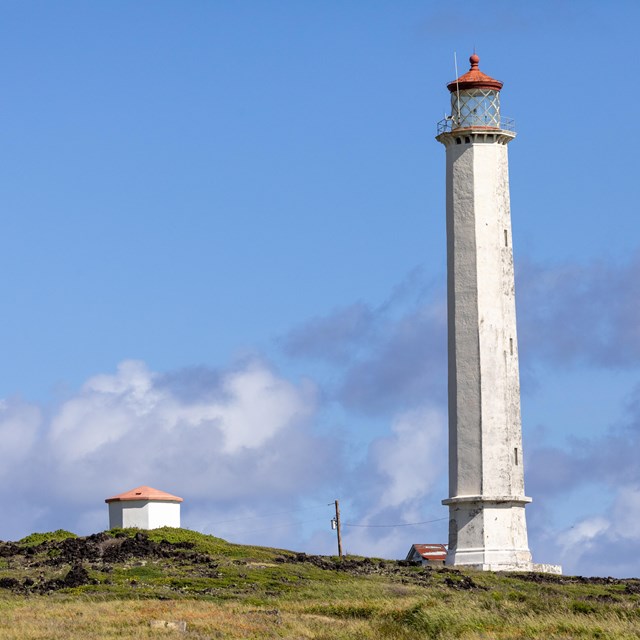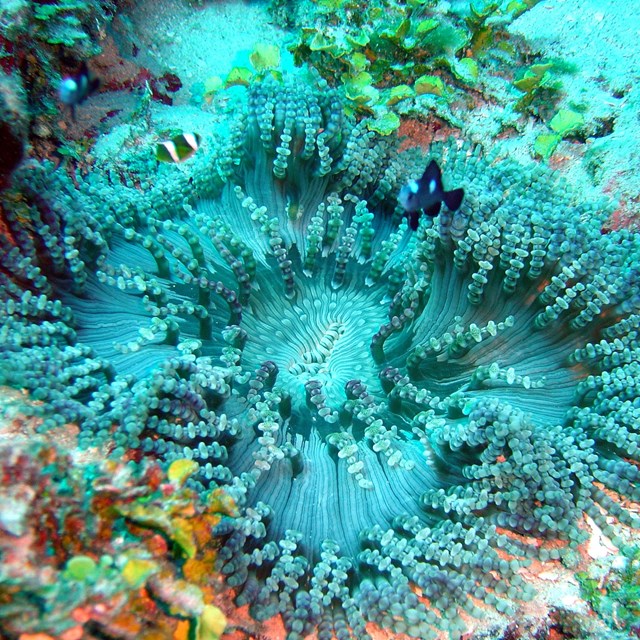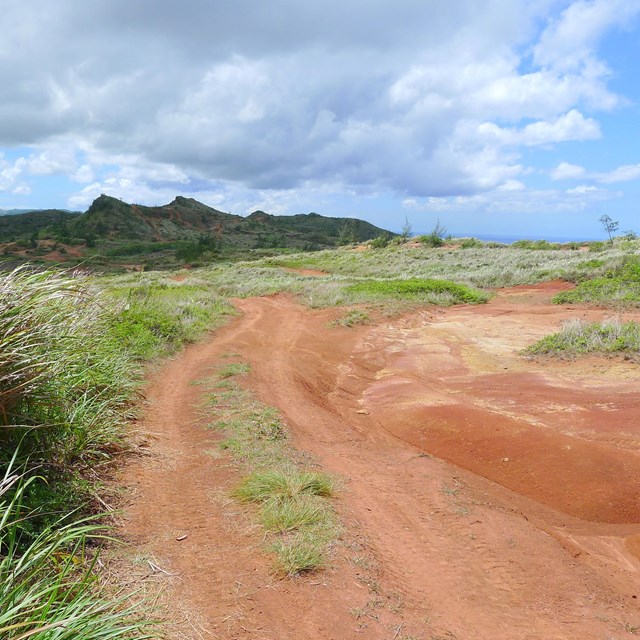
Our World Underwater Intern/M. Langhans
Description and Rationale
The quality of marine waters is fundamental to ecosystems across the Pacific islands. Parks must determine the quality of their marine water resources, strive to avoid human-caused pollution occurring within and outside of park boundaries, and maintain marine waters as essential components of park ecosystems.
All Pacific island national parks are also concerned about effects of adjacent land uses and increasing development in watersheds that ultimately drain into the sea.
The four core parameters chosen for monitoring by the NPS Water Resources Division (temperature, conductivity/salinity, pH, and dissolved oxygen) provide baseline data for water quality assessment. In addition, turbidity, nitrite + nitrate, total dissolved nitrogen, total dissolved phosphorous, and chlorophyll are monitored by the Pacific Island Network for their ecological significance.
Monitoring Objectives
- To collect high-quality time-series data on TDP, TDN, NO3- + NO2-, temperature, pH, dissolved oxygen, salinity, chlorophyll, and turbidity in the marine areas of PACN parks; to analyze spatial and temporal patterns of water quality parameters, including statistically identifiable trends; and to communicate findings in briefing statements, reports, and publications.
- To be able to detect a 100% change in TDP, 100% change in TDN, 150% change in NO3- + NO2-, 4% change in temperature, 0.25 value change in pH, 10% change in oxygen saturation, 2% change in salinity, 250% change in chlorophyll, and 150% change in turbidity over 10 years with at least 80% power, using alpha of 0.05.
Monitored At
-
 Kalaupapa National Historical Park
Kalaupapa National Historical ParkSee what's monitored at Kalaupapa National Historical Park.
-
 Kaloko-Honokōhau NHP
Kaloko-Honokōhau NHPSee what's monitored at Kaloko-Honokōhau National Historical Park.
-
 National Park of American Samoa
National Park of American SamoaSee what's monitored at National Park of American Samoa.
-
 War In The Pacific NHP
War In The Pacific NHPSee what's monitored at War In The Pacific National Historical Park.
Last updated: December 21, 2023
